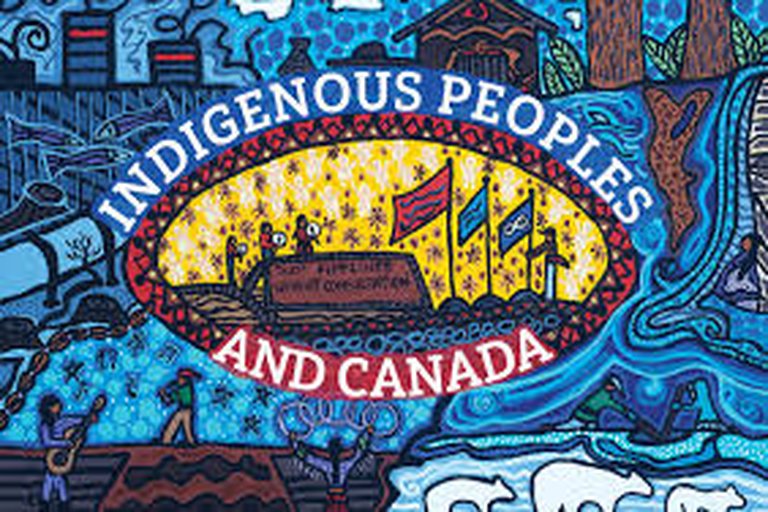In an inspiring fusion of technology and culture, Indigenous communities across Canada are partnering with developers to revitalize ancestral languages through mobile apps. Dozens of First Nations and Inuit groups have launched digital learning tools aimed at preserving dialects that are endangered or at risk of extinction.
One standout project is 'Tlįchǫ Talk,' an app developed in the Northwest Territories that offers daily vocabulary, pronunciation guides, and cultural context for learners of the Tlįchǫ Yatıì language. The app was built in collaboration with community elders, who recorded over 2,000 words and phrases.
Other apps, like 'Say It In Michif' and 'Dakota 101,' are finding traction with younger generations, many of whom never had the opportunity to learn their ancestral tongue at home or in school. The apps use interactive quizzes, games, and stories to make language learning more engaging.
“It’s about identity and pride,” said Mary Lafleur, a Cree educator based in Manitoba. “When our kids see their language on a phone screen, they realize it belongs in the present—not just the past.”
The federal government has provided funding through the Indigenous Languages and Cultures Program, with nearly $40 million allocated to digital language initiatives over the last three years. Provincial education ministries are also beginning to integrate some of the apps into public school curricula.
Elders have played a central role in ensuring accuracy and authenticity. Many of them are fluent in languages that were systematically suppressed during Canada's residential school era. Their recordings serve as a living archive for future generations.
Privacy and data ownership are critical concerns. Most developers have formal agreements that grant Indigenous communities full control over how their language data is stored, used, and distributed. This ensures that linguistic knowledge remains with the people it belongs to.
The resurgence of digital language tools has also created new opportunities for employment. Young Indigenous coders, graphic designers, and voice artists are finding work within their own communities, building apps that reflect their heritage and values.
Scholars view the trend as a model for culturally responsible tech development. “These projects challenge colonial frameworks in software by centering Indigenous epistemologies,” noted Dr. Harneet Dhillon, a digital humanities researcher at Simon Fraser University.
As smartphone use becomes nearly universal, the hope is that Indigenous languages will not just survive but thrive. With each download, another learner reconnects with a language that once faced silence—and now speaks again through code.
